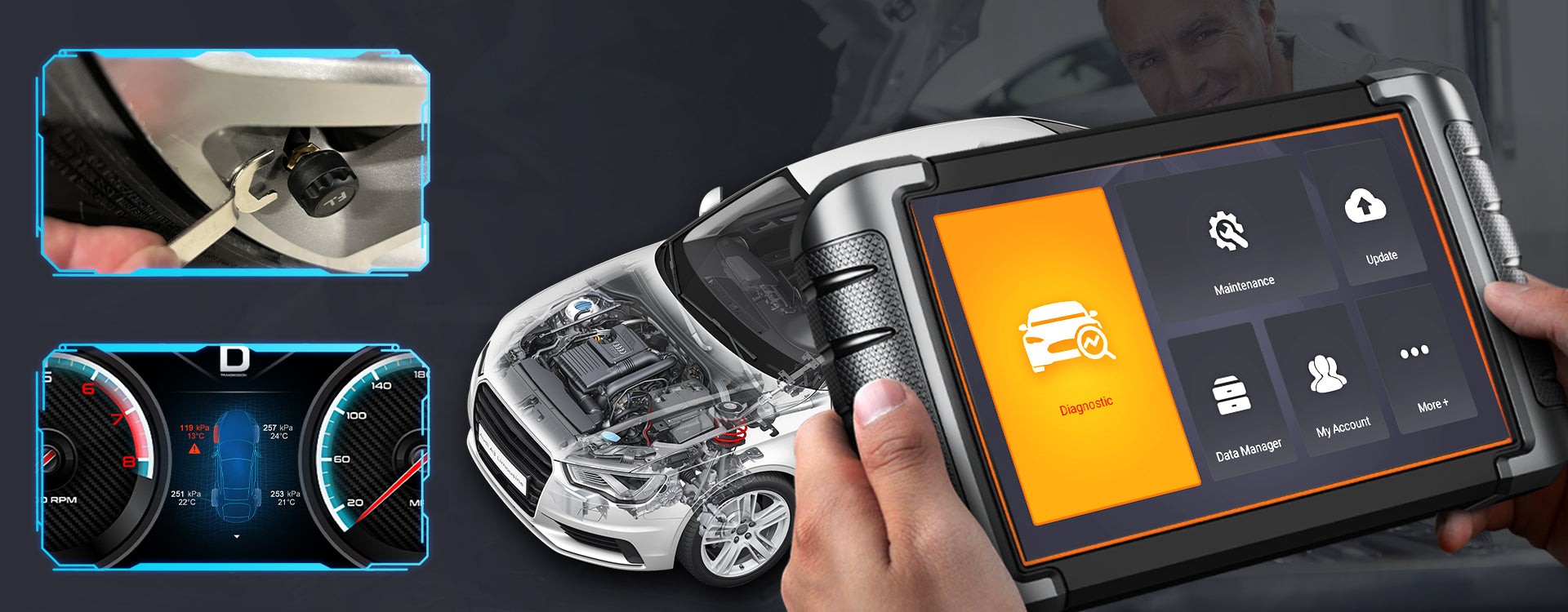Decoding those flashing check engine lights can be daunting, especially without a diagnostic scanner. But don’t worry! This guide will show you how to retrieve Ford OBD2 codes without any special tools, empowering you to understand your vehicle’s health and potentially save on diagnostic fees. We’ll cover techniques for both older (OBD1) and newer (OBD2) Ford models.
Understanding Ford OBD Systems: OBD1 vs. OBD2
Before diving into the methods, it’s crucial to understand the difference between OBD1 and OBD2 systems. Ford vehicles manufactured before 1996 typically used OBD1, a simpler system relying on analog signals. From 1996 onwards, OBD2 became the standard, utilizing a standardized digital communication protocol. Identifying your vehicle’s system is the first step in choosing the correct diagnostic method.
Retrieving Ford OBD1 Codes (Pre-1996 Models)
The Check Engine Light Flash Method
This method utilizes the flashing check engine light to communicate diagnostic trouble codes (DTCs).
- Preparation: Ensure your vehicle is parked, the engine is off, and all accessories are turned off.
- Locate the Diagnostic Connector: This connector is usually located under the dashboard on the driver’s side. Consult your vehicle’s manual for the exact location.
- Key On, Engine Off: Turn the ignition key to the “Run” position without starting the engine.
- Observe the Flashing Light: The check engine light will begin to flash a sequence of codes. Each code consists of a series of flashes separated by a brief pause. Count the flashes to decipher the code. For example, two flashes followed by a pause and then three flashes represents code 23.
- Decode the Code: Refer to your vehicle’s service manual or an online resource to determine the meaning of the retrieved code.
The Paperclip Method
This method involves using a paperclip to bridge specific terminals on the diagnostic connector, initiating a self-test and retrieving codes through the flashing check engine light.
- Safety First: Ensure the engine is off and the key is removed from the ignition.
- Locate the Diagnostic Connector: As with the previous method, find the diagnostic connector.
- Create a Jumper Wire: Straighten a paperclip and bend it into a “U” shape.
- Connect the Terminals: Insert the ends of the paperclip into the appropriate terminals on the diagnostic connector. Consult your vehicle’s manual for the correct terminals for initiating a self-test. Often this is the “Self-Test Input” and “Signal Return” terminals.
- Key On, Engine Off: Turn the ignition key to the “Run” position without starting the engine.
- Decode the Flashes: Observe the flashing check engine light and decode the sequence as described in the previous method.
Retrieving Ford OBD2 Codes (1996 and Newer Models)
The Odometer Trick
Some Ford models allow code retrieval through the odometer display.
- Key Off, Press and Hold: With the key out of the ignition, press and hold both the trip odometer reset button and the odometer select button.
- Key On, Engine Off: While holding the buttons, turn the ignition key to the “Run” position without starting the engine.
- Release Buttons: Release the buttons when the odometer display changes or starts showing codes.
- Record the Codes: Write down the displayed codes. These might be displayed as alphanumeric codes (e.g., P0171).
- Decode the Codes: Use an online OBD2 code lookup tool to determine the meaning of the codes.
Jumper Wire Method (Advanced Users)
This method requires more technical knowledge and involves shorting specific pins on the OBD2 connector. Only attempt this if you’re comfortable working with electrical systems. Please refer to a reliable source for the correct procedure for your specific model. Miswiring can potentially damage your vehicle’s computer.
Conclusion
While a dedicated OBD2 scanner provides the most comprehensive diagnostic information, these methods offer viable alternatives for retrieving Ford OBD2 codes without a scanner. Remember to always consult your vehicle’s service manual for specific instructions and safety precautions. Armed with these techniques, you can gain valuable insights into your Ford’s health and take the necessary steps for repairs.

